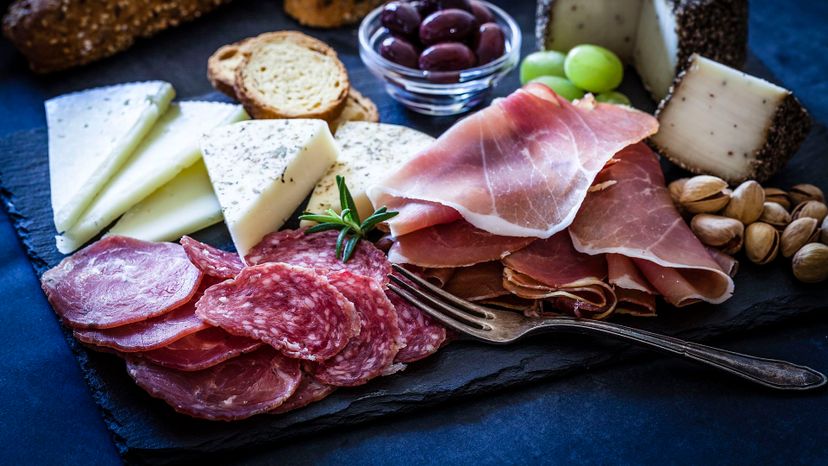
About This Quiz
You'd be hard-pressed to find someone in the world who didn't like food. It's one of the few things that unites the human race, and it's enjoyed all over the planet. Every corner of Earth has its unique range of fruits, vegetables and spices that birth drinks, dishes and desserts, and the best concoctions spread around the globe.
The earliest explorers sailed the world in search of spices, and that's how many foods were introduced to Europe. America wouldn't be known for apple pie if European explorers hadn't brought apples over. Switzerland couldn't be known for chocolate until explorers returned with cacao beans. Italians couldn't perfect pizza until Spanish conquistadors returned with tomatoes, and on and on it went. Thankfully, we get to enjoy all those foods today.
Almost everyone in the world knows what bread and water are, but that doesn't mean everybody in the world knows what the words "bread" and "water" are. The most common and basic foods have some of the most unusual names around the globe. How well do you know languages around the world? Whatever country you're in, or whatever language you're speaking, it's good to know the proper words for "bread" and "water." Take a look at these common foods and see if you can match them to their foreign language words.
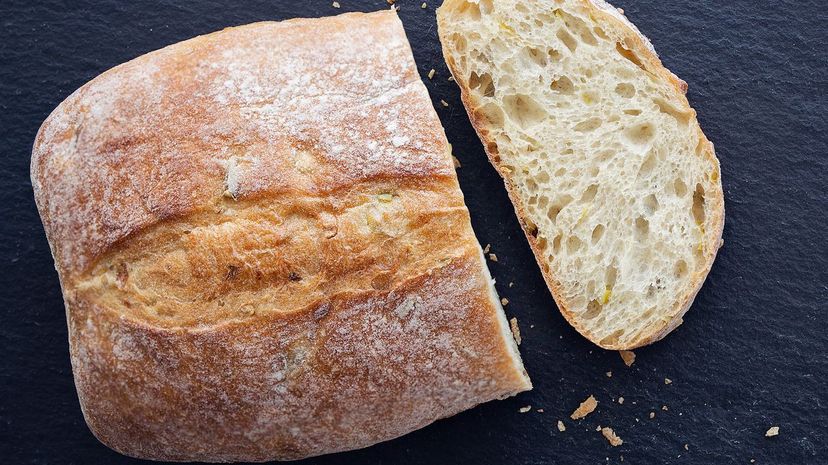
Some sandwiches in Italy are called "bread with [ingredient]." The popular Sicilian street food pani ca meusa, for example, translates to "bread with spleen." The same goes for panino al prosciutto and pane e panelle, which is a fried chickpea sandwich.
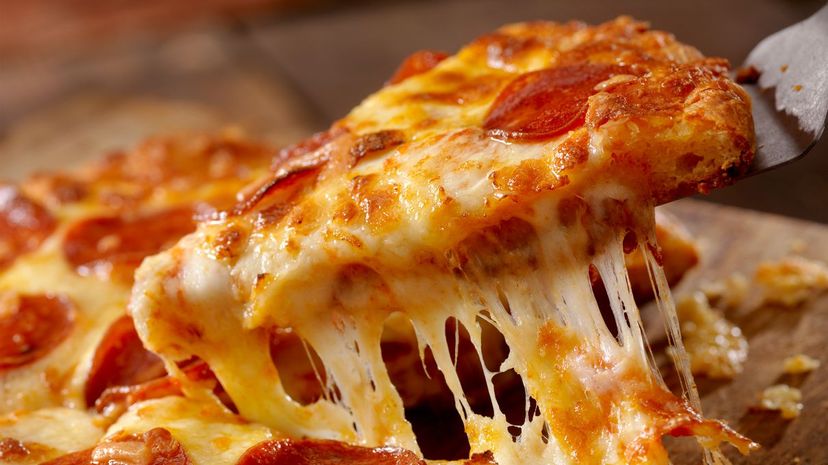
Pizza is known as pizza almost everywhere in the world. It's called "phissa" around Southeast Asia, where the "ph" is pronounced as a hard "p." It's "bisa" in China and "pija" in Korea. It's "pizza" all over Africa and "biatza" in Arabic. Almost all of Europe recognizes pizza, pica or pitsa, and the Russian word is pitstsa, which is pronounced just like "pizza."

The Indonesian word for water is air, and it's pronounced ayer. Indonesia is the world's largest island nation and hundreds of languages are spoken in the country. The Javanese word for water is banyu, and the Sundanese word is cai, but Indonesian is the country's main language.
Advertisement

Coffee is known as cafe in Spanish and many other languages. The word takes on some variant of cafe, kava, kafe and kopi around the world. It's known as buna (pronounced boona) in Ethiopia, where some of the world's best coffee is produced.

The world consumes hundreds of millions of tons of milk a year, and it's a staple of many cuisines around the globe. The dairy product is called latte in Italian, lait in French, melk in Norweigian and uyu in Korean.

Bananas are called bananas or some variant of platano around much of the world. Cooking bananas are called plantains and can be used to make a variety of dishes. Bananas are curved because they grow towards the sun, and they are technically berries.
Advertisement
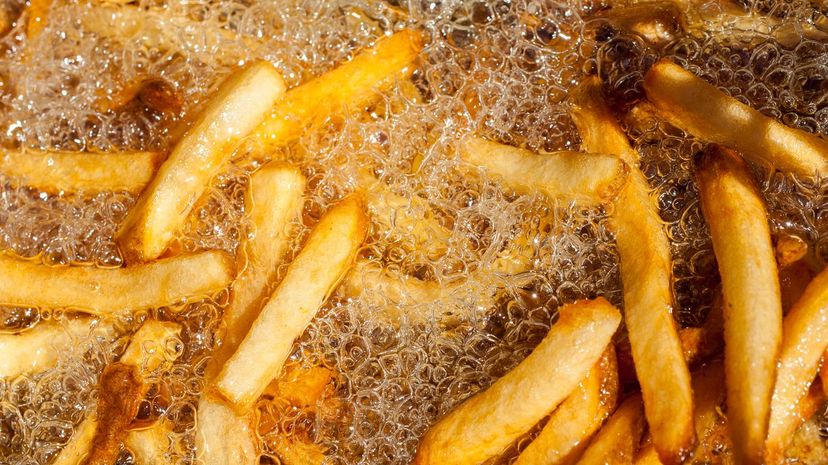
French fries are a staple of the American diet, and their origin is hotly contested. Both Belgium and France lay claim to inventing the French fry, and the popular dish, moules-frites, features mussels and French fries. These fried potatoes are called chips in Britain.

The Arabic word for vanilla is fanilana and it's pronounced almost like "vanilla" with an "f." The French word for vanilla is vanille and it's known as lavanila in Malagasy, which is spoken in Madagascar where much of the world's vanilla is produced. The spice can only be grown within a narrow sliver of Earth near the equator, making it one of the world's most expensive spices.

The Filipino word for pineapple is pinya, and the Spanish word is piña. The fruit is called ananas in dozens of languages around the world. European explorers in the Americas thought the fruits looked like pine cones, so they called them pineapples. They are neither pine cones nor apples.
Advertisement

The Swedish word for ice cream is glass, and some common flavors in the country are saltslakritsglass (salty licorice), hjortronglass (cloudberry) and kanelglass (cinnamon). It goes by creme glacee in French.
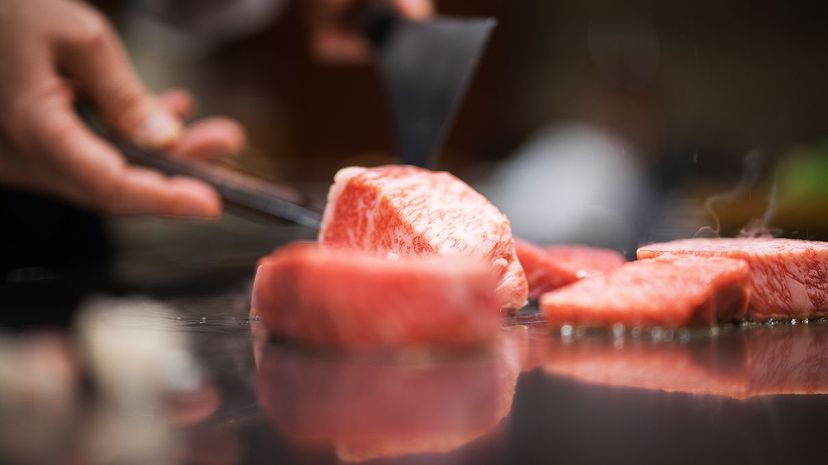
Translating words to English isn't an exact science, but this is how beef is pronounced in Japanese. Kobe beef comes from Japanese black cattle in a certain section of Japan. Urban legend says ranchers feed the cattle beer to induce hunger and massage the cattle regularly.
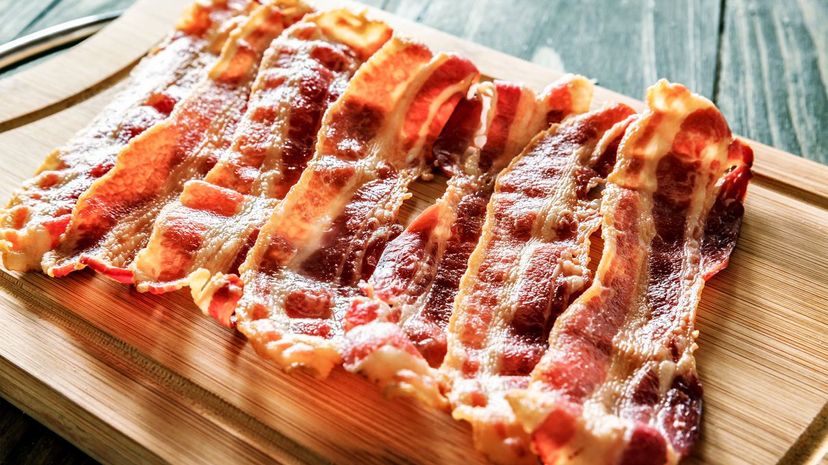
Bacon is also known as muiceoil around Ireland. Corned pork, for instance, is known as muiceoil shaillte. English is widely spoken in the country, so bacon is understood across the country and is understood around much of the world.
Advertisement
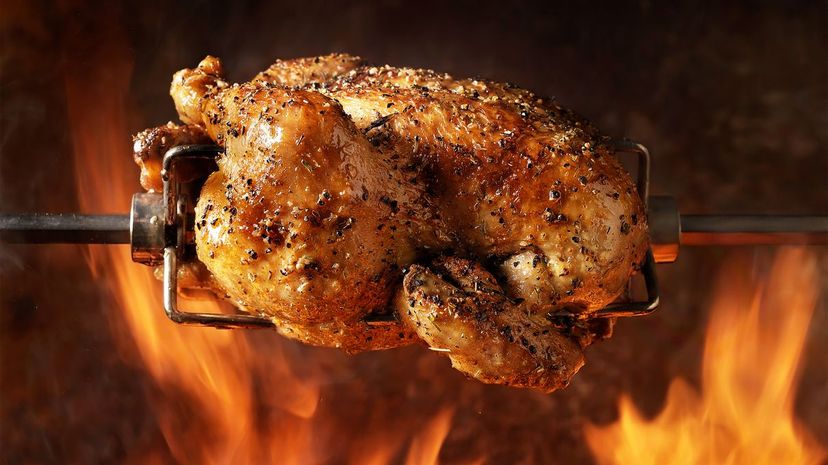
Chicken goes by a variety of words around the world, but a lot of them stem from the Latin pullum. The Albanian word is pule and the French word is poulet. It's known as pollo in Spanish and Italian, and it simply goes by chikin in Korean.

The Estonian word for cake is kook, and it is known as kakku, kuka, kaka, keke, keki, kuko and simply kek around the world. Torta and tort are also a popular word for cake. French word is gateau and the Spanish word is pastel.

The Portuguese word for egg is ovo, and recent research says the average American eats 279 eggs per year. That's close to 100 billion eggs consumed just in America each year, and America isn't the leading country in egg consumption.
Advertisement
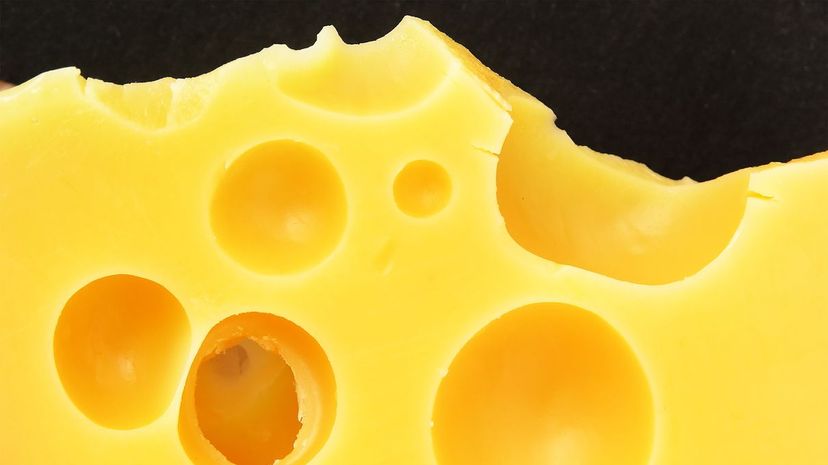
The Hindi word for cheese is paneer. This dairy product is one of the world's earliest foods and is enjoyed in every culture. It's called fromage in French and formaggio in Italian. The Spanish call it queso, and keso and keju are also used around the globe.
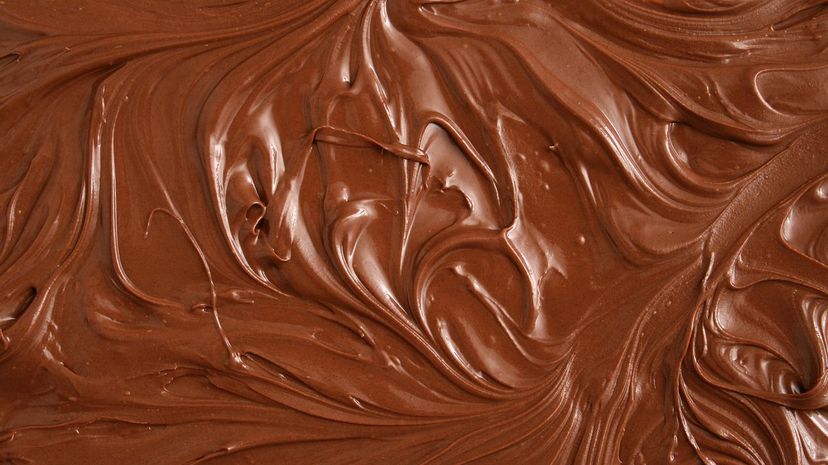
The Russian word for chocolate translates to shokolad. It's similar to the German shokolade, which is spoken in Switzerland where some of the world's most popular chocolate is produced. The Italians call it cioccolato and the French say chocolat.

The Dutch word for salt is zout, and it's simply known as sol, sal, sul and sel around much of the world. The Italian word is sale and the Estonian word is sool. The Chinese word is yan, and the Korean word is sogeum.
Advertisement
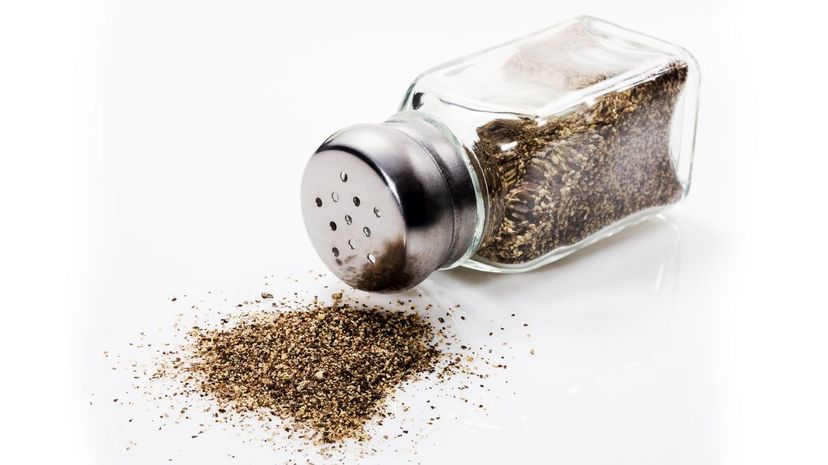
If you find yourself asking for pepper in Mandarin, you'll have to ask for hujiao, which is pronounced how it looks, except the "ji" makes a soft "z" sound. Table pepper comes from the peppercorn fruit, which is dried and then ground. It can also be white or green and is red when ripe.

Doughnuts are commonly known as doughnuts in several languages, including Dutch, Danish, Georgian, Swahili and Malay. In France they're known as beignets, and the Italian word is ciambella. They're called munks in Sweden.
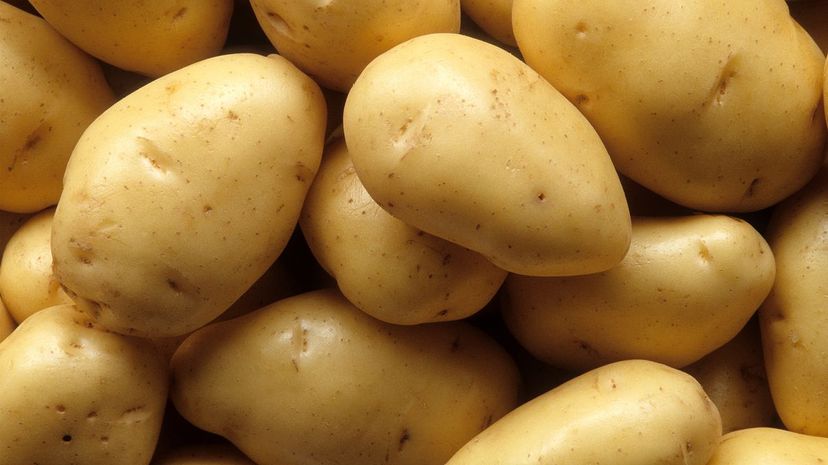
Several languages use patata for the word potato, and potatoes are even known as batatas in Portuguese. China and India (the two most populous countries) grow the most potatoes in the world. The Mandarin word is tudou, and the Hindi word is aaloo.
Advertisement
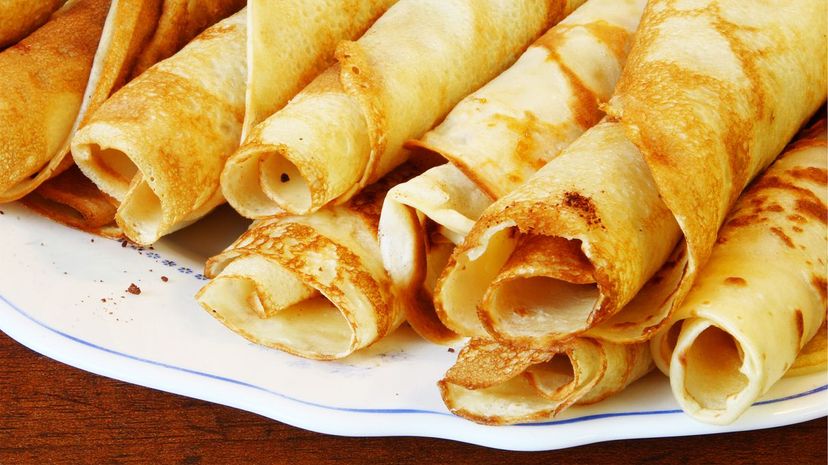
Crepes are known around the world as French pancakes, and the word crepe is the French word for pancake. American pancakes and French crepes don't look the same because crepes are much thinner. They can be sweet or savory and are commonly eaten for breakfast.

Popcorn was invented by Native Americans who popped maize kernels thousands of years ago. The popped corn snack is known as palomitas de maiz in Spanish and pufmaizoj in Esperanto, which is the universal language of love and peace.
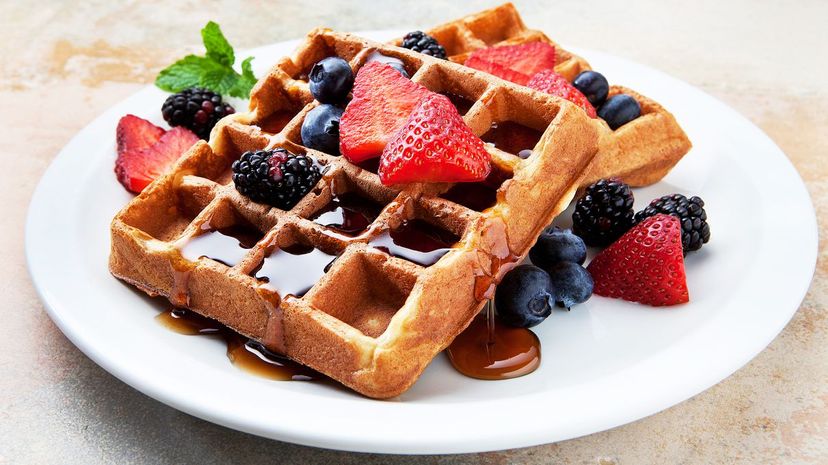
The Dutch word for waffle is wafel, and although they look similar, they're pronounced differently. The German word is waffel, and the French word is gaufre. Belgian waffles are known for being fluffier and deeper-pocketed than American waffles.
Advertisement
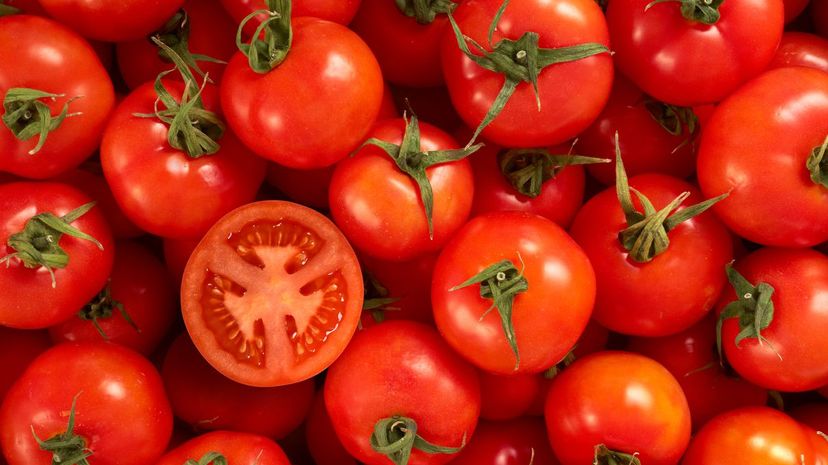
The Finnish word for tomato is tomaatti, and it's pronounced just like it looks. The Spanish and French word is tomate, and the Italian word is pomodoro. Romanians use the word rosie, which can also mean red.
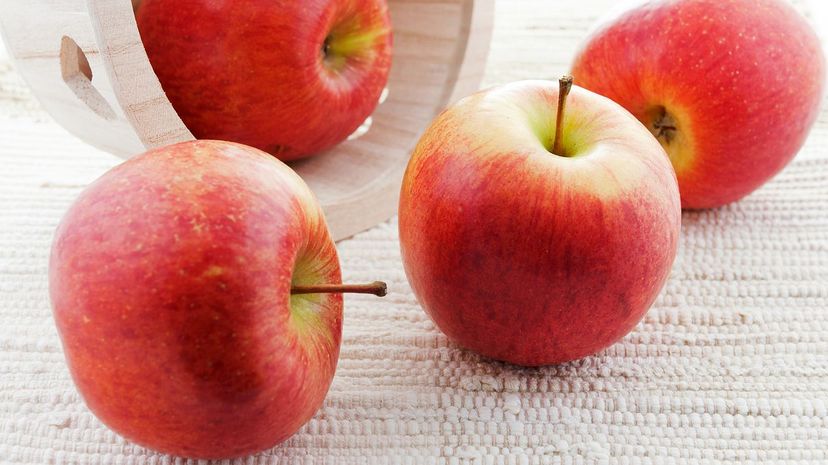
The Japanese word for apple is ringo, and the popular apple known as the Fuji apple originated in Japan. Although apple pie is synonymous with America, the fruits weren't common in America until European colonists brought them over.
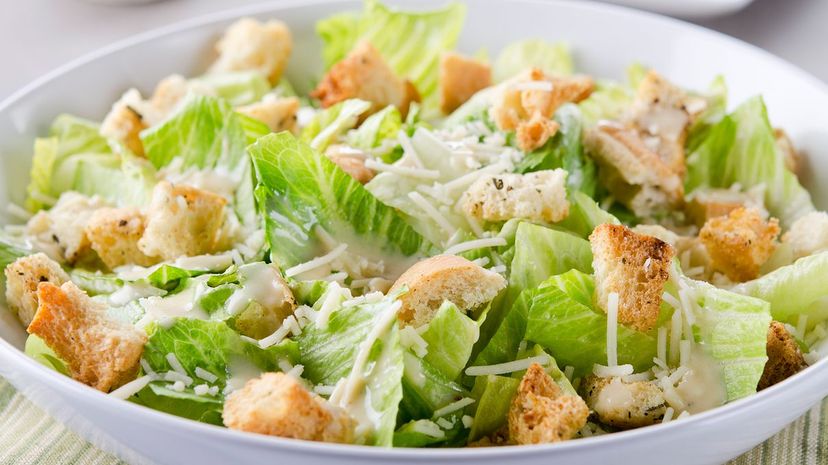
The German word for salad is salat, and salad is one of the most universal dishes in the culinary world. It is just an assortment of small pieces of food and can consist of almost anything. The most common salads are made of fruits and vegetables.
Advertisement
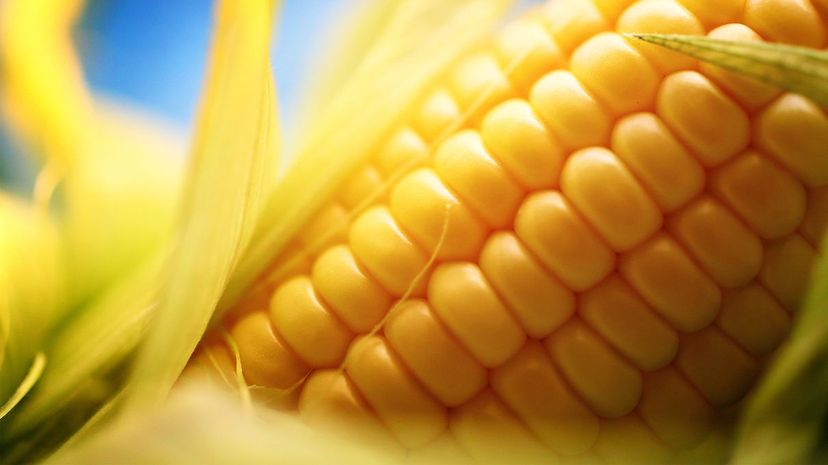
The Mexican grass known as teosinte evolved into maize, and maize eventually evolved into the corn we know and love today. It is one of the world's most important crops and the U.S. leads the world in production.
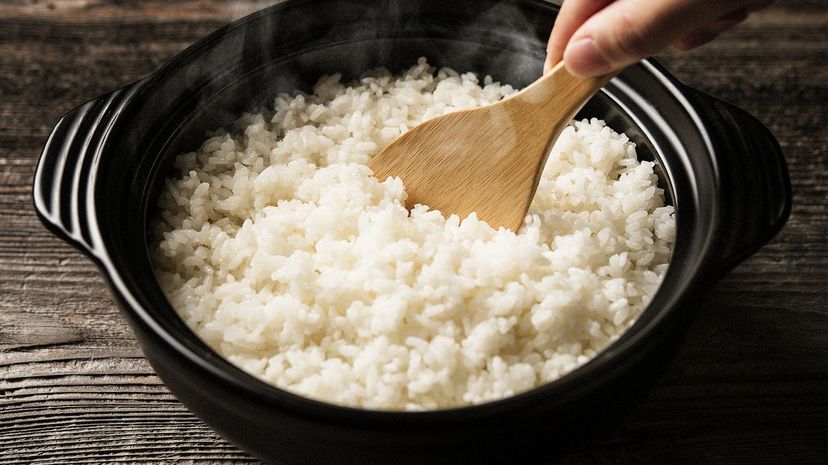
Rice translates to riz in French, and it's not pronounced how it looks. It pronounced "ree" with a rolled "r." Dozens of languages use some variant of the word (ex. rys, ris, riz, ryz). The Italian word is riso and the popular Italian dish of creamy rice is known as risotto.

Every country is known for its unique sweets, and dozens use some variant of caramel as the word for candy. The Italian word is caramella, and it's pronounced like the Greek word. Other common words to describe candy around the world are bonbon and doce.
Advertisement
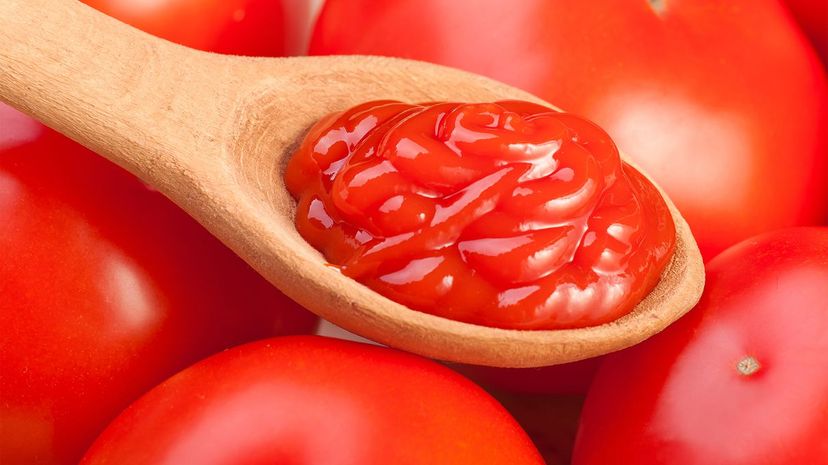
The Finnish word for ketchup is ketsuppi, and the condiment is ketsup in Estonian, ketsap in Greek, and ketsap in Filipino. Icelandic hotdogs are famous around the world for using lamb meat instead of pork or beef, and the Icelandic word for ketchup is tomatsosu.
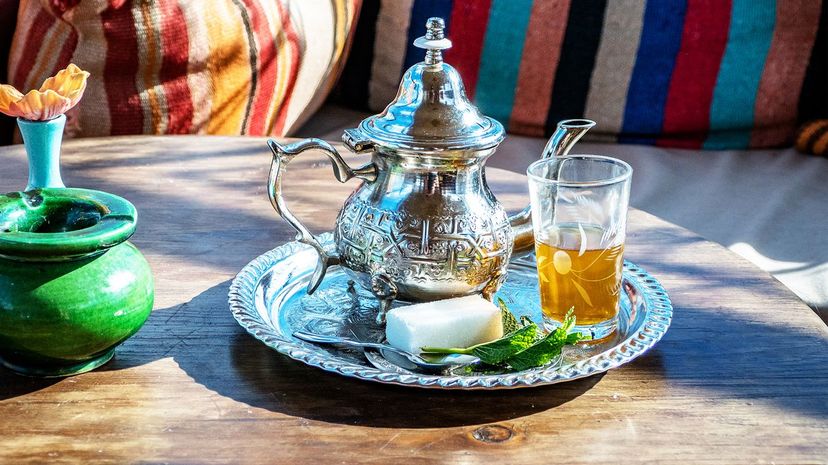
The Arabic word for tea is shay and there are several types of Arabic tea, like chamomile and cardamom. The Chinese word is cha, and China is known for being the only country capable of producing every type of tea.
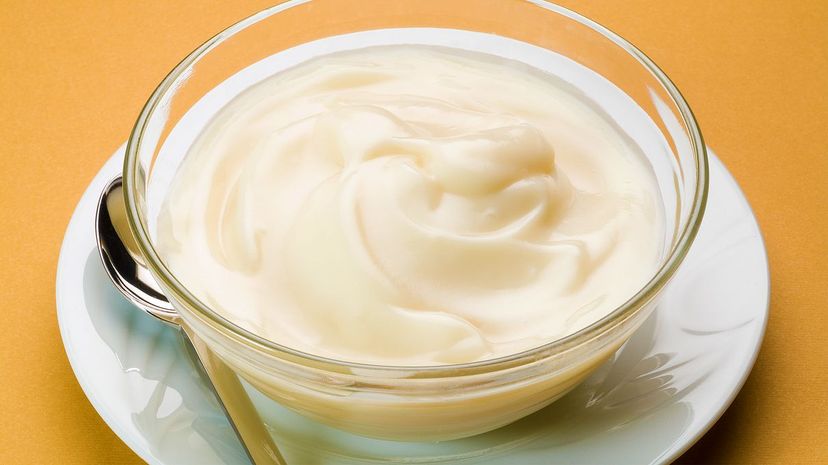
The Portuguese word for pudding is pudim, and the popular Brazilian desert pudim de leite is a Brazilian-style flan. It's one of the world's most popular sweets. If you venture to Scotland, you'll find the savory pudding made of sheep's guts called haggis.
Advertisement

The Oxford English Dictionary says there is only one English word that perfectly rhymes with the word orange. The Spanish word for orange is naranja, which rhymes with more than one thing, like piranha and lasagna.
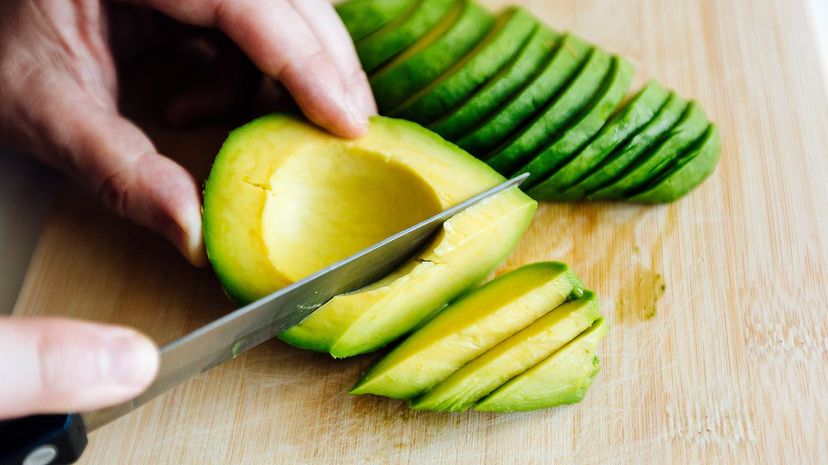
The French word for avocado is avocat, and yes, there is such things as avocado crepes. Avocado is technically a berry that can be used in everything from seafood to ice cream. Crepes are equally flexible in the culinary world.
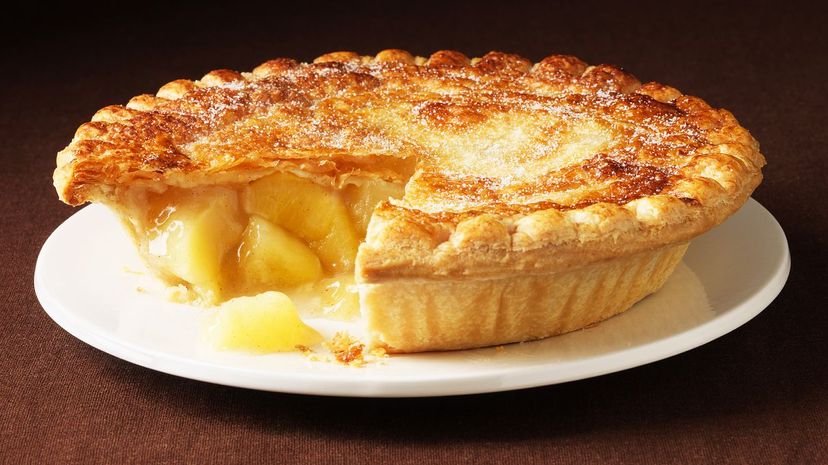
The Russian word for pie is pirog. The word translates to pita, torta and tarta around much of the world, and pies can take on many shapes and tastes. America is known for apple pies. Australia is known for meat pies, and Italy is known for pizza pies.
Advertisement

Soup, like a lot of foods, dates all the way back to Ancient China. The Mandarin word for soup is tang, and the "t" is pronounced like an "h," and the "a" is a really long "a." The word is not pronounced like it looks.
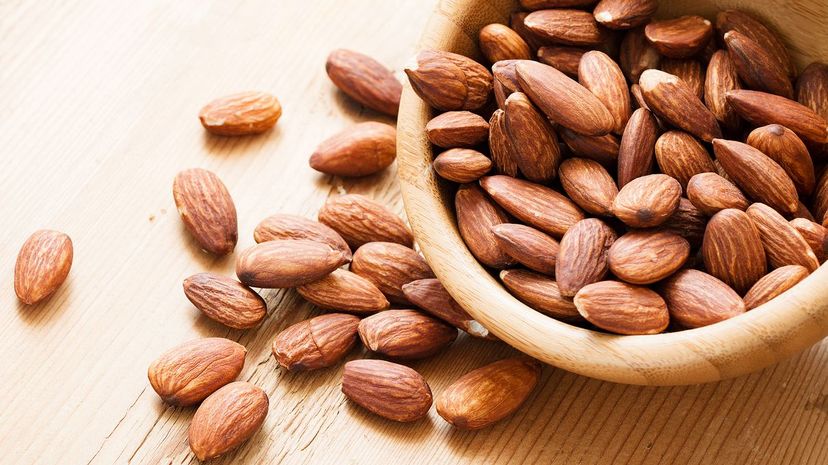
The Sicilian city of Agrigento is known for hosting an annual almond festival to celebrate the blooming almond trees every year. The country, and the island of Sicily specifically, is known for producing tons of almonds and concocting countless treats with the nuts.
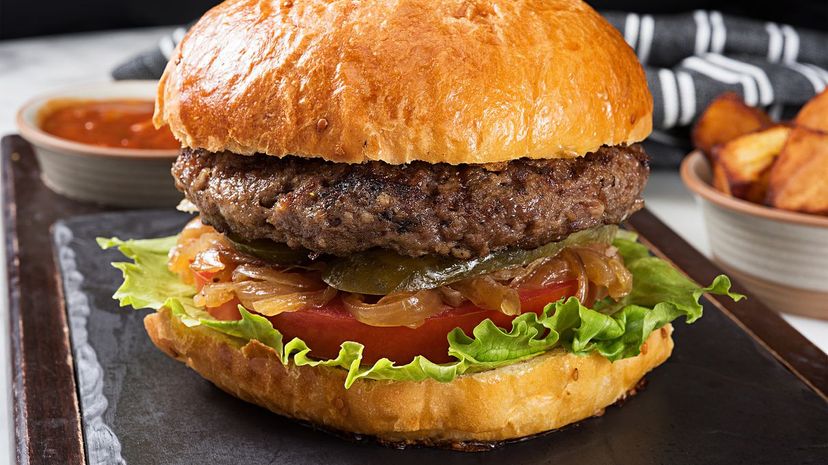
The Spanish word for burger is hamburguesa, and if you want a cheeseburger, you'll have to ask for a hamburgeusa con queso. The burger is one of America's most popular dishes and isn't as popular around most of the world. It is simply known as a burger in most places.
Advertisement
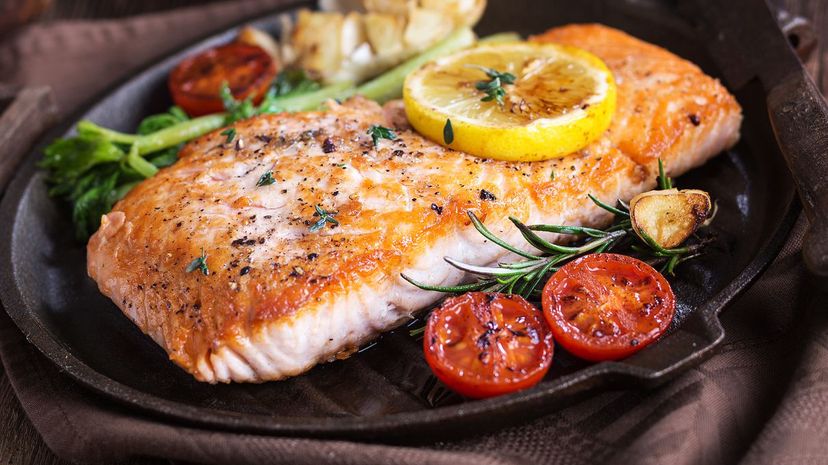
If you're familiar with the Pisces zodiac sign, you should be familiar with the Latin word for fish, which is pisces. The Italian word for fish is pesce, and the French word is poisson, which is pronounced similar to poison.